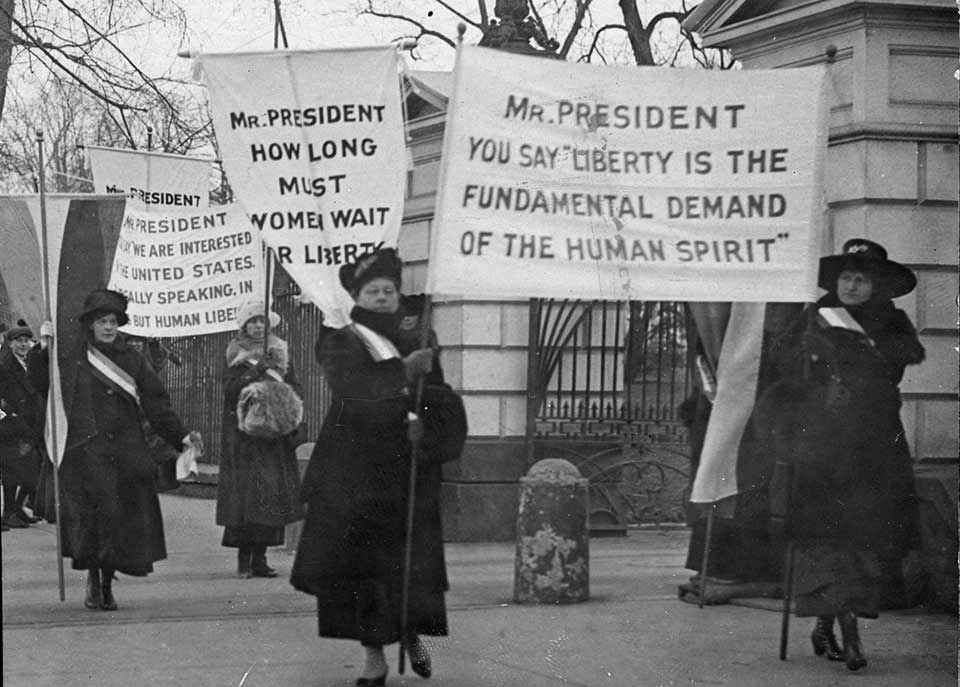Stone, Lucy. "A Women Suffrage Catechism." The Women's Journal, 6 Apr. 1887
[Boston ] , p. 1+. Nineteenth Century Collections. Accessed 9 Dec. 2016.
The Women’s Journal is a newspaper put out by the AWSA, run by Lucy Stone. During the years of suffrage movements, there were a multitude of publications run by suffragettes. The two most popular were the Suffragist and The Women's Journal. These publications featured upcoming events such as parades and demonstrations groups were putting on as well as articles about progress being made in certain states. This article in particular features an interview between Lucy Stone and a man, presumably in the government office. The conversation featured mainly consists of questions about women’s rights being answered stating that only men have rights in the eyes of the law. Some of the facts presented by Stone are surprising, and support the driving forces behind the suffrage movement. As a primary source, this is a reliable source of information as it comes directly from a leader in the movement for women’s rights.

